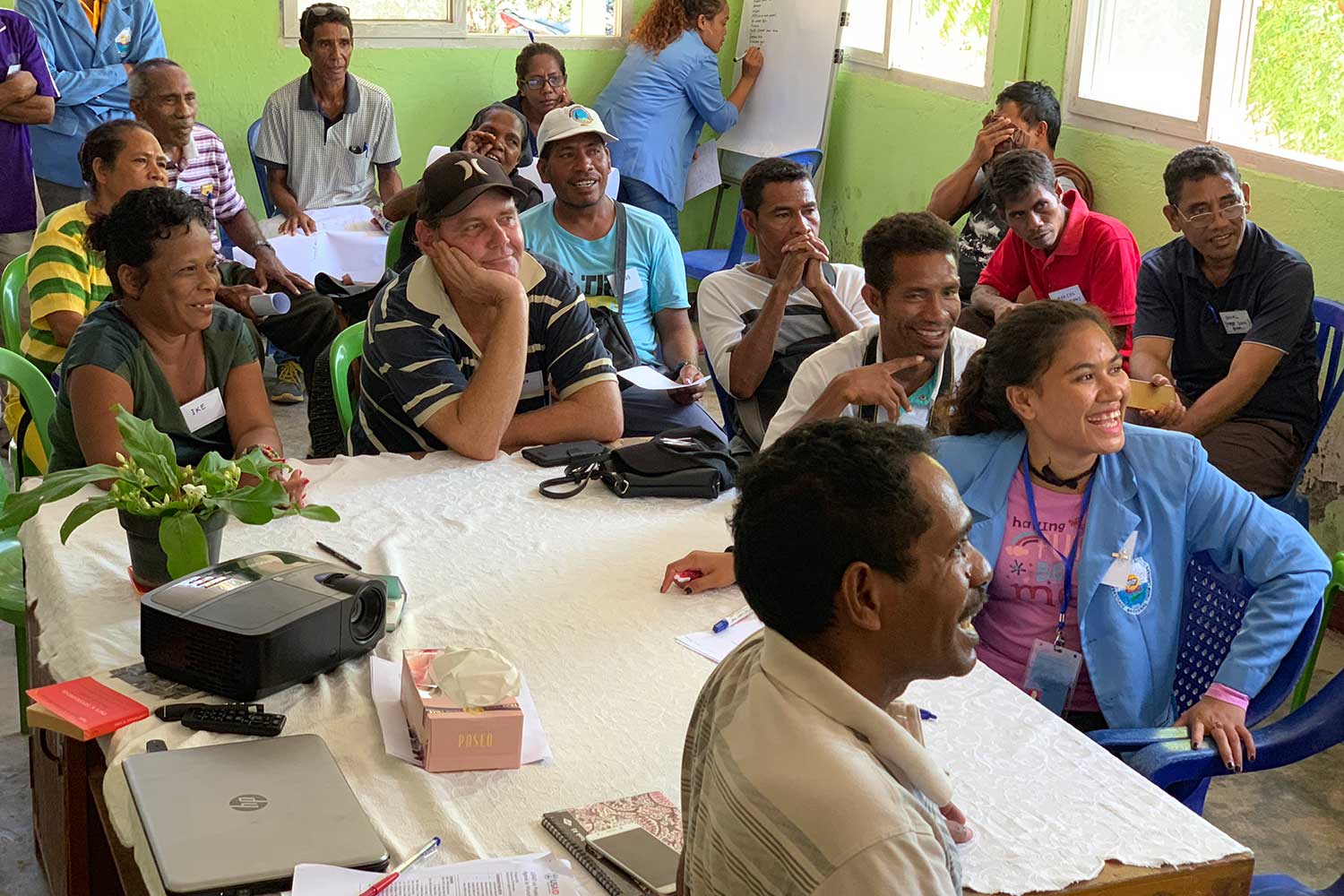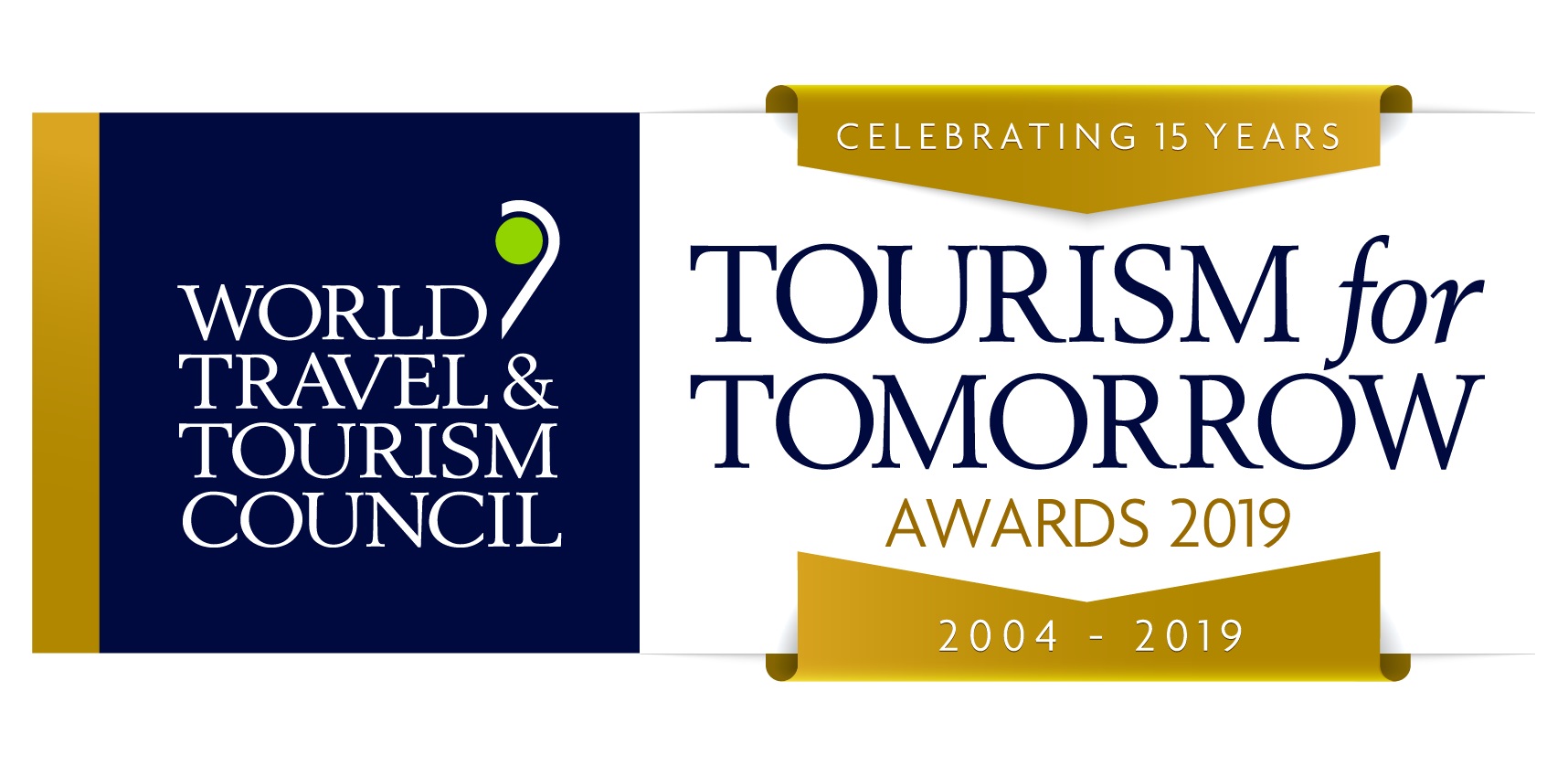UNWTO defines a destination management organization as the leading organizational entity which facilitates partnerships with various authorities, stakeholders, and professionals to achieve a unified mission towards a destination’s vision. Destination management is a broad and holistic management process that includes managing marketing, local accommodations, tours, events, activities, attractions, transportation and more. In terms of both supply and demand approaches, the destination must try to draw attention from both visitors and private tourism markets. A destination’s competitiveness and attractiveness comes from the use of effective, sustainable strategies and is based upon a balance of interests of all stakeholders inside the tourist destination. Within any tourism destination, the public sector designs the nation’s core identity with the mandate of national growth and advancement of the entire community; the private sector delivers the desire for future development with different goals and accountabilities; and the destination stakeholders are the entities connected together by travel experiences or through the tourism industry.
The DMO emerges as a key player in the development and management of tourism at the destination level with various functions. Depending on the potential needs, these functions may include strategic planning, implementation of the destination tourism policy, tourism product development, crisis management, quality improvement and assurance, workforce development, and sustaining the cultural heritage of the destination. A destination with an effective management plan usually possesses a high capacity for undertaking new innovations and trends, while being more resilient to potential challenges and disruptions–something more important than ever in the time of COVID-19.
Some advantages of having an effective destination management organization are listed below:
- Establishing a competitive edge: Developing the destination’s attractions and resources in a way that highlights its authenticity and characteristics will enable it to thrive. Ensuring positive visitors’ experiences, allowing tourists to push their limitations and venture outside their comfort zone, will deliver an excellent quality experience in a destination.
- Ensuring sustainability: The World Travel and Tourism Council encourages responsible tourism practices to preserve destinations for visitors and locals alike. Income generated from tourism can stimulate the destination’s development of new infrastructure and transport services, upgrade the skills of rural workers, and provide funds for natural, cultural, and historical resources to be managed in a more sustainable way. As a result, visitors will receive more authentic and engaging experiences–all while knowing they are having a positive impact on the destination. Additionally, good destination management can help avoid social and cultural conflicts and prevent tourism from negatively affecting local values.
- Building a tourism culture in the destination: Communicating with the local community in a destination and listening to local residents’ voices is necessary to sustaining a tourism destination in the long term. DMOs are responsible for engaging local communities to ensure that tourism development is a mutual benefit between tourism stakeholders and local residents in the destination. This strategy is also vital for DMOs to preserve the cultures of destinations.
- Limiting the impact of overtourism: The World Tourism Day Forum organized by the Center for Responsible Travel (CREST) and George Washington University’s International Institute of Tourism Studies defined and focused in on “overtourism” as “Tourism that has moved beyond the limits of acceptable change in a destination due to quantity of visitors, resulting in degradation of the environment and infrastructure, diminished travel experience, wear and tear on built heritage, and/or negative impacts on residents.” DMOs should help destinations raise awareness about the negative impacts of overtourism and manage the growth of tourism responsibly and intelligently.
- Building a strong brand identity: DMOs increasingly realize that the value of a destination brand is strongly linked to the value of the destination. Without diversifying the destination’s tourism sources, it is almost impossible to understand who the target market is and what that market needs. Therefore, brand identity is an essential driver to implement successful marketing strategies to the target market. By consistently conveying brand loyalty, tourists regularly return to the destination and become “free advertising” for a DMO: sharing with friends the value they saw in a destination, far beyond the time they spent in it.
Solimar assists destinations take a strategic approach for the better management of a destination. Read more about how Solimar can help your destination use tourism for good through customized destination management.














